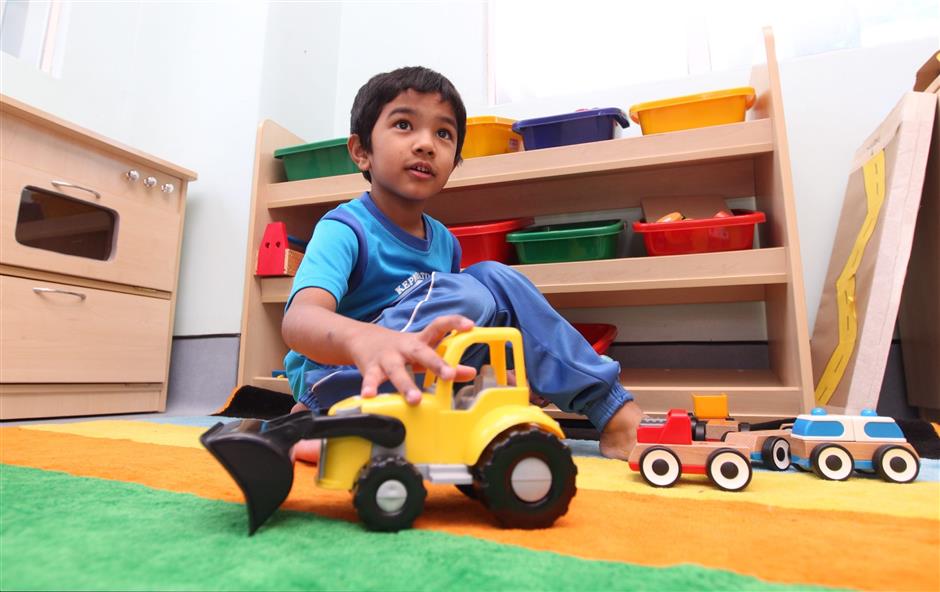
Down syndrome is a genetic disorder and the most common autosomal chromosome abnormality in humans, where extra genetic material from chromosome 21 is transferred to a newly formed embryo. These extra genes and DNA cause changes in development of the embryo and fetus resulting in physical and mental abnormalities. Each patient is unique and there can be great variability in the severity of symptoms.
Signs and Symptoms
The baby with Down syndrome has a hallmark appearance. However, every aspect of the appearance does not need to be present as the phenotype, the way the genes make the child look, can be markedly different for each patient.
Common symptoms are :
- A small head and short neck
- A flat face, and upward slanting eyes
- Ears are flat and positioned lower than“normal”
- The tongue protrudes and seems to be too large for the mouth
- Hands tend to be wide, with short fingers and there is just a single flexion crease in the palm
- Joints tend to be more flexible and muscles may lack tone
There is decreased mental function and the IQ may range from mild disability (50 to 70) to moderate (35 to 50). For patients with Mosaic Down syndrome, the IQ can be 10 to 30 points higher. There can be language development delay both from hearing impairment and speech delay. Gross motor skills like crawling and walking can be slow to mature and fine motor skills may take time to develop.
Treatment
Providing support and treatment for a patient with Down syndrome is meant to improve their quality of life.
Infants with Down syndrome may experience developmental delays including time to sit, crawl, walk, and talk so parents need to know that developmental delays are common in children with Down syndrome. Using a team approach to care, physical therapists, occupational therapists, and speech therapists may help improve language, motor, and social skills to the maximum achievable by the individual person.



